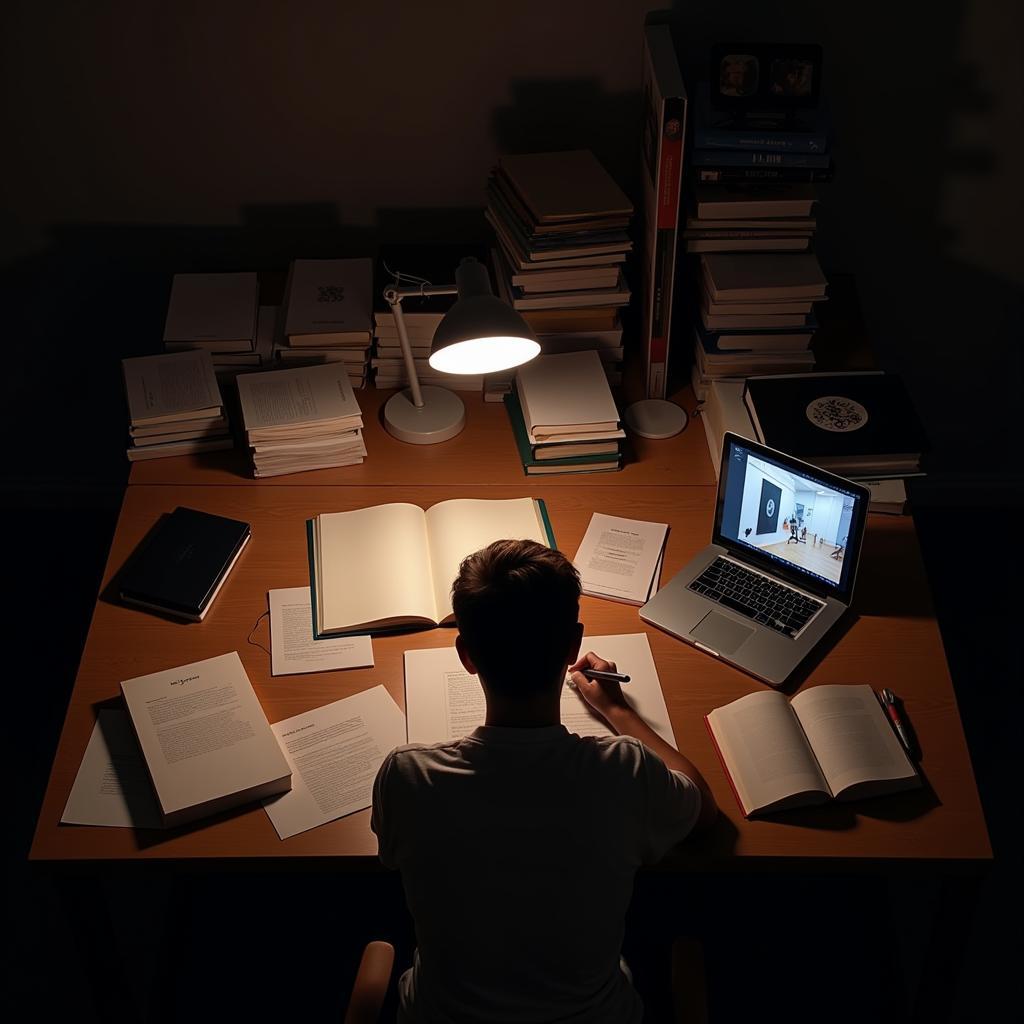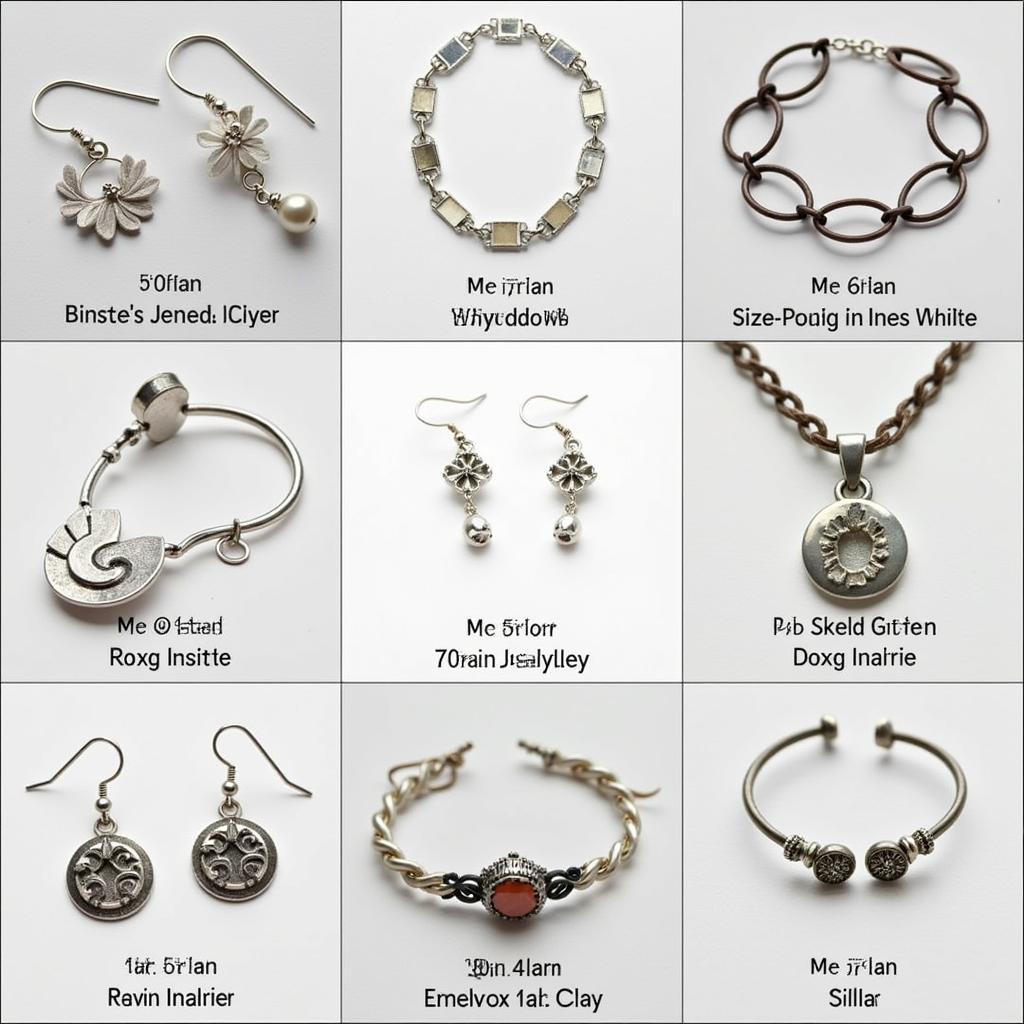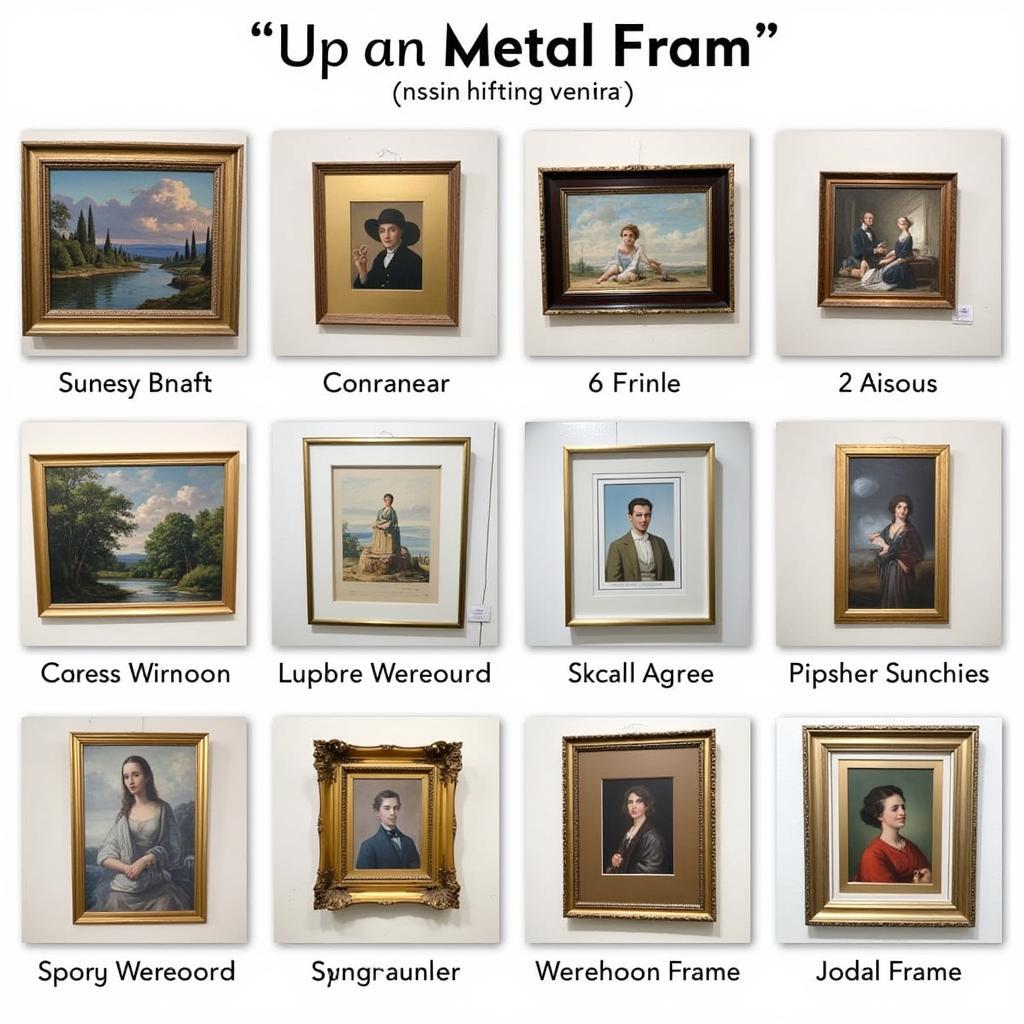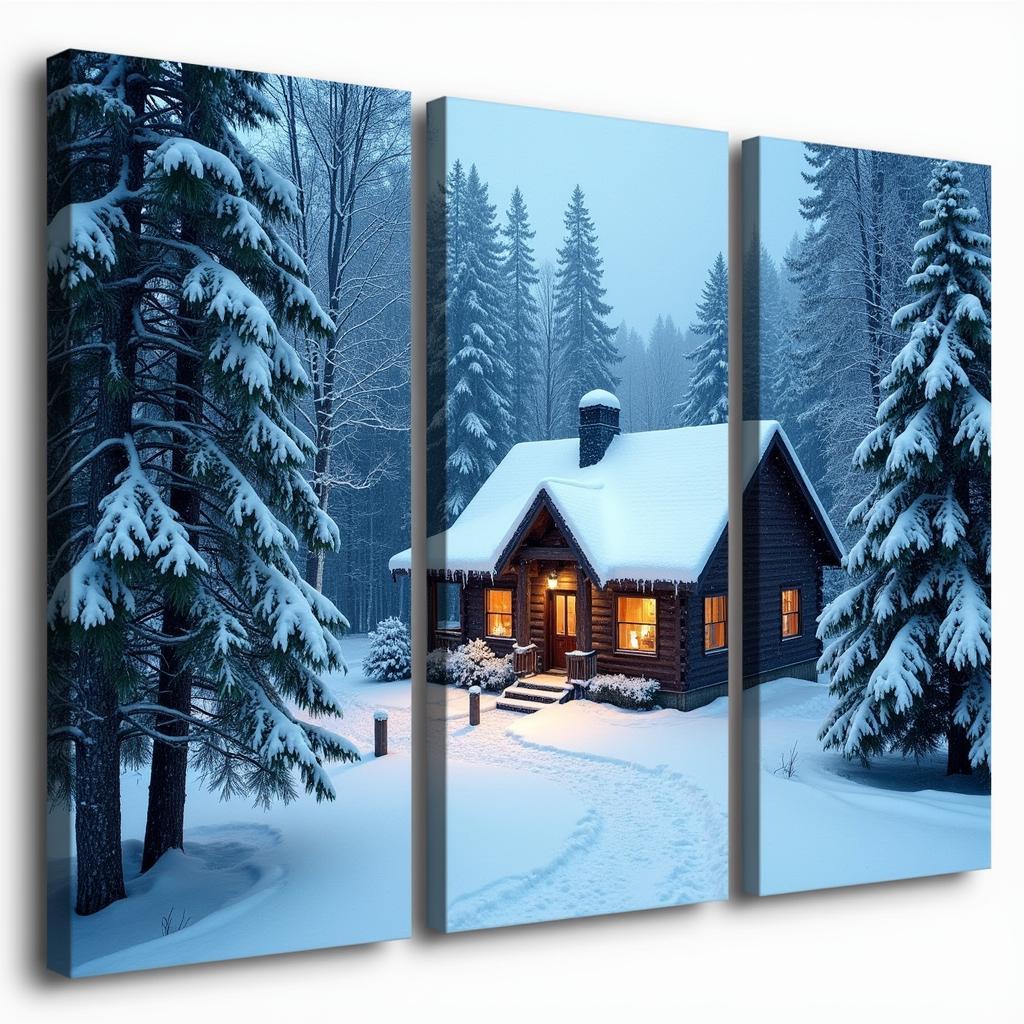How to Write About Contemporary Art
Contemporary art, with its ever-evolving forms and concepts, can feel like a puzzle to unpack. Whether you’re an aspiring art critic, a curious enthusiast, or simply want to understand how to talk about that thought-provoking installation you saw, knowing How To Write About Contemporary Art is key to appreciating its nuances. It’s about more than just stating your opinion—it’s about diving into a dialogue with the artwork itself.
Understanding the Landscape of Contemporary Art
Before you can effectively write about contemporary art, it’s crucial to understand what makes it tick. Unlike traditional art forms, contemporary art often challenges established norms and embraces experimentation. It’s a space where unconventional materials, innovative techniques, and thought-provoking concepts converge.
Don’t be afraid to engage with the unfamiliar. Explore different art movements, familiarize yourself with influential artists, and immerse yourself in the contemporary art world through gallery visits, exhibitions, and online resources. The more you engage, the more confident you’ll feel in your analysis.
Deconstructing the Visual Language
Every brushstroke, every sculpted curve, every pixel on a screen—they all contribute to the visual language of an artwork. When writing about contemporary art, pay attention to the elements:
- Color: How does the artist use color to evoke emotions, create depth, or convey a message? Are the colors vibrant and bold, or muted and subdued?
- Line: Do the lines in the artwork create movement, define shapes, or suggest emotions? Are they sharp and angular, or soft and flowing?
- Shape and Form: What shapes and forms are present in the artwork? Are they geometric or organic, simple or complex? How do they interact with each other and the surrounding space?
Context is Key: Unveiling the Meaning
Contemporary art often carries profound meaning and reflects the social, political, and cultural contexts in which it was created. To truly understand a piece, consider these aspects:
- Artist’s Background: Research the artist’s life, influences, and previous works. This context can shed light on their motivations and the themes they explore.
- Historical and Social Context: Was the artwork created during a time of social or political upheaval? Does it comment on current events or challenge societal norms?
- Conceptual Framework: Contemporary art often grapples with complex ideas and theories. Familiarize yourself with the conceptual framework behind the artwork to decipher its intended meaning.
Finding Your Voice: Developing a Critical Analysis
Writing about contemporary art is about more than just describing what you see—it’s about developing a critical analysis.
- Ask Questions: Don’t be afraid to ask questions about the artwork. What emotions does it evoke in you? What message do you think the artist is trying to convey?
- Consider Different Perspectives: Art is subjective. Be open to different interpretations and consider alternative viewpoints.
- Back Up Your Claims: When expressing your opinions, support them with evidence from the artwork itself, the artist’s background, or the historical context.
Tips for Engaging and Effective Writing
Here are some additional tips to make your writing about contemporary art engaging and effective:
- Use Vivid Language: Paint a picture with your words. Use descriptive language to bring the artwork to life for your reader.
- Avoid Jargon: While it’s important to be familiar with art terminology, avoid using overly technical language that your audience may not understand.
- Structure Your Thoughts: Organize your writing logically, using clear paragraphs and transitions to guide the reader through your analysis.
 Writing a critique of a contemporary art exhibition
Writing a critique of a contemporary art exhibition
Conclusion
Writing about contemporary art is an ongoing journey of exploration and discovery. It requires a willingness to engage with the unfamiliar, a keen eye for detail, and the ability to articulate your thoughts and interpretations in a clear and engaging manner. By immersing yourself in the world of contemporary art and honing your critical thinking skills, you can unlock a deeper appreciation for this dynamic and ever-evolving art form.
FAQ
1. What are some common themes explored in contemporary art?
Contemporary art often grapples with themes of identity, technology, globalization, social justice, and the human condition.
2. How can I tell if a piece of contemporary art is “good”?
There’s no single answer to this question, as art is subjective. However, you can consider factors such as the artist’s skill, the originality of the concept, and the artwork’s ability to evoke emotions or spark dialogue.
3. What are some resources for learning more about contemporary art?
Explore online art publications, visit local galleries and museums, and attend artist talks and lectures.
For further assistance, feel free to contact us. Our team is available 24/7 to answer your questions and provide guidance. You can reach us by phone at 02462573573, by email at danteum@gmail.com, or visit us at Savico Megamall, 7-9 Đ. Nguyễn Văn Linh, Gia Thụy, Long Biên, Hà Nội 10000, Việt Nam.


